I have around 200k latitude & longitude data points. How can I cluster them so that each clusters have latitude & longitude points strictly within radius = 1 km from centroid only?
I tried leadercluster algorithm/package in R but eventhough I specify radius =1 km its not strictly enforcing it i.e. its give clusters with lot of point say 5 - 10 kms from cluster centroid also within the same cluster. So its not meeting my requirement.
Number of points in a cluster can vary & its not problem.
Is there a way to enforce the strict radius constraint in heirarchical or another clustering algorithm? I am looking for the steps & implementation in R/python. I tried searching in stackoverflow but couldn't find a solution in r/python.
How to visualize cluster centroids in google maps after the clustering in done?
EDIT
